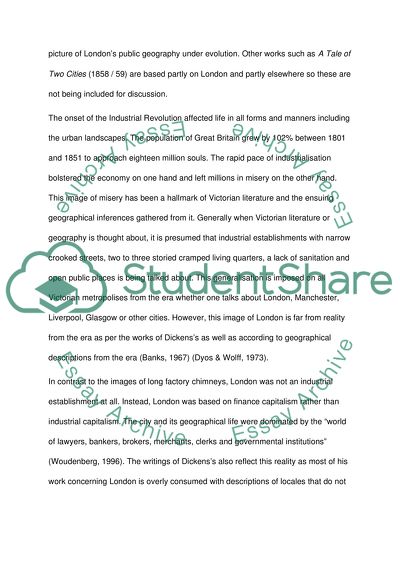Cite this document
(“How we can use writing by Charles Dickens to enhance our understanding Essay”, n.d.)
Retrieved from https://studentshare.org/geography/1444577-how-we-can-use-writing-by-charles-dickens-to-enhance-our-understanding-of-selected-aspects-of-the-historical-geography-of-victorian-london
Retrieved from https://studentshare.org/geography/1444577-how-we-can-use-writing-by-charles-dickens-to-enhance-our-understanding-of-selected-aspects-of-the-historical-geography-of-victorian-london
(How We Can Use Writing by Charles Dickens to Enhance Our Understanding Essay)
https://studentshare.org/geography/1444577-how-we-can-use-writing-by-charles-dickens-to-enhance-our-understanding-of-selected-aspects-of-the-historical-geography-of-victorian-london.
https://studentshare.org/geography/1444577-how-we-can-use-writing-by-charles-dickens-to-enhance-our-understanding-of-selected-aspects-of-the-historical-geography-of-victorian-london.
“How We Can Use Writing by Charles Dickens to Enhance Our Understanding Essay”, n.d. https://studentshare.org/geography/1444577-how-we-can-use-writing-by-charles-dickens-to-enhance-our-understanding-of-selected-aspects-of-the-historical-geography-of-victorian-london.


